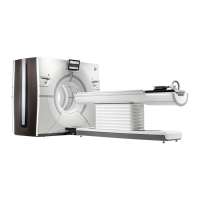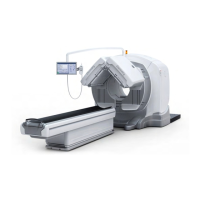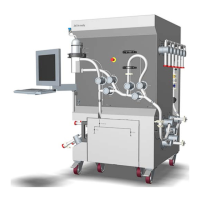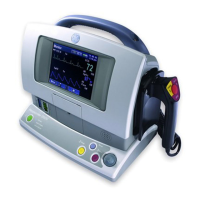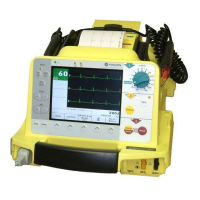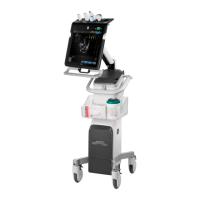communicated to the radiologic technologist. Any changes to the protocols should be evaluated
with respect to the image quality (less than diagnostic level), temporal sampling and radiation
dose of the manufacturer’s original reference perfusion protocols. It is essential that all users
understand that CT perfusion images will be much noisier than images of the same body region
acquired for most other diagnostic purposes, and that this level of image quality is sufficient for
the calculation of perfusion parameters.
2.2.2 Components of a CT Perfusion Study
Assessment of tissue perfusion for stroke includes a diagnostic quality non-contrast brain exam,
an optional CT angiogram of the circle of Willis that may include the carotid arteries, and a CT
perfusion exam. It may also include a post-contrast CT scan of the brain for assessment of
residual lesion enhancement. In the assessment of tumors, a noncontrast scan for localization
of the area of interest is often done prior to the CT perfusion exam.
In all cases, the CT perfusion exam should have technique factors that are lower than those
used for the other components of the study (e.g., the non-contrast, post-contrast, and
angiogram scans). Specific acquisition times for the perfusion exam depend on the post-
processing algorithm used, but in all cases the exam must be performed over a relatively long
period of time (typically 40 to 50 seconds and potentially up to 3 minutes; consult model-specific
user manual and radiologist) in order to measure the time dependent physiologic process of
blood flow through the brain. Since the scan location is fixed, the same anatomy is irradiated
repeatedly during this scan time. Scan times are also affected by the concentration, volume,
and rate of delivery of the contrast agent.
The lenses of the eyes are more radiosensitive than the skin. Scanning through the orbits
should be avoided, if possible, by the use of patient positioning. Consult the medical physicist to
ascertain appropriate deterministic thresholds across the body.
2.2.2.1 Body perfusion considerations
Perfusion scanning of the torso, typically referred to as body perfusion CT, is not currently
performed as frequently as head perfusion scans. It is essential to refer to manufacturers’
reference protocols (if provided) and to involve a radiologist and medical physicist familiar with
the principles and techniques for body CT perfusion imaging, as well as communicate with the
radiologic technologist. Because of the higher attenuation of the torso, body perfusion scans
may require a higher kV than head perfusion scanning. Again, the image quality obtained
should be noisier than most conventional body CT scans, as the post-processing algorithm is
able to extract the needed time attenuation information from the noisy data set. Respiratory
motion is an important consideration in body perfusion CT, and methods to limit diaphragmatic
motion during the scan, or realign anatomic regions after the scan using registration algorithms
should be used to minimize errors introduced from the movement of the tissue of interest during
the course of the perfusion scan. In the rare event that a body perfusion scan would be
performed in a pediatric patient, sedation in small children may be required.
2.2.2.2 Perfusion acquisition types
Some perfusion scans are performed in a continuous exposure mode, in which the table does
not move and the X-rays are turned on over the entire scan period. This provides the highest
degree of temporal sampling; however, such temporal sampling may not be required for a
particular application. This acquisition mode delivers the highest dose to the patient, since the
X-ray beam is always on.
Revolution CT User Manual
Direction 5480385-1EN, Revision 1
Chapter 11 Scan 221
